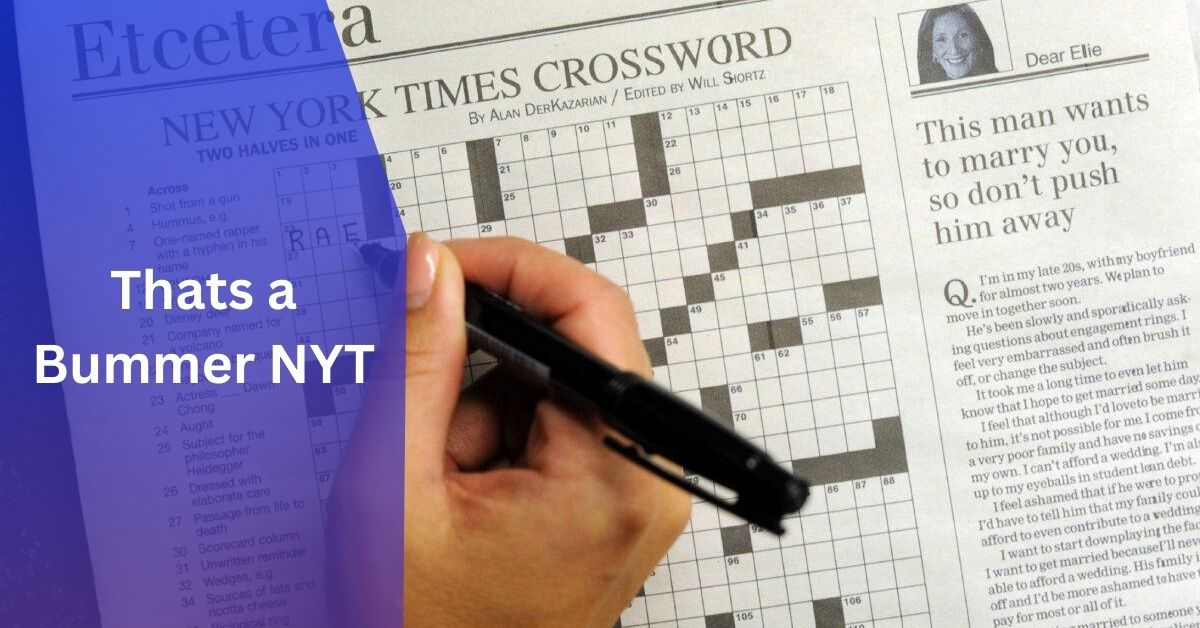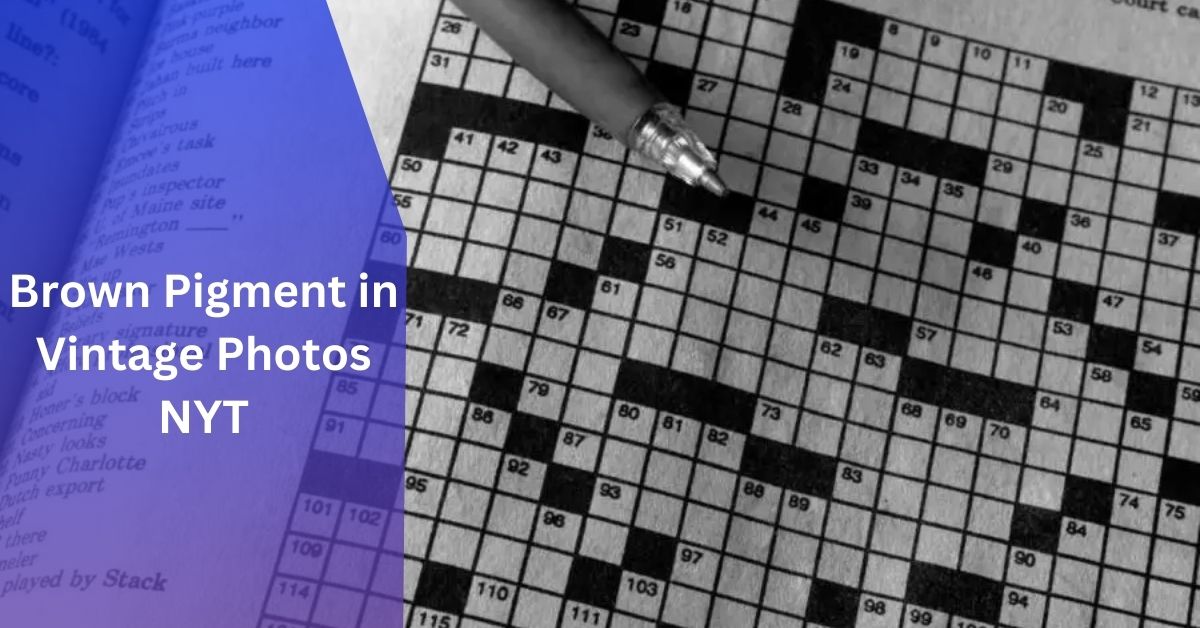Crossword puzzles have long been a beloved pastime for many, offering both a challenge and a sense of accomplishment once completed. The New York Times crossword is among the most prestigious and challenging puzzles in the world, with clues that can range from the straightforward to the deeply obscure. One such clue that frequently appears is “Thats a bummer NYT.” But what does this phrase mean within the context of a crossword puzzle, and how can you solve it effectively?
In this article, we will explore the nuances of this particular clue, offering insight into what it might mean, why it’s used, and how to approach solving it. By the end, you’ll be equipped with strategies to tackle this clue and others like it, making your next crossword experience a bit less of a bummer.
Understanding the Context of Thats a Bummer NYT:
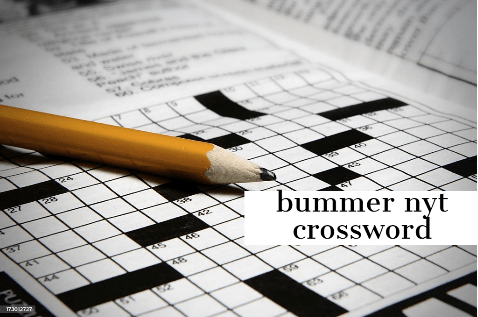
What is a Crossword Clue?
Before diving into the specific clue, it’s important to understand what a crossword clue is and how it functions. A crossword clue is a hint provided in a crossword puzzle that the solver uses to figure out the corresponding word or phrase in the grid. Clues can be straightforward, such as “Color of the sky,” which might lead you to “blue,” or they can be more abstract or punny, requiring lateral thinking.
The Nature of NYT Crossword Clues
The New York Times crossword is known for its clever and often tricky clues. Unlike simpler puzzles, where clues might be more direct, NYT crosswords often employ wordplay, cultural references, and idiomatic expressions. This makes them more challenging but also more rewarding to solve. The clue “Thats a bummer NYT” is a perfect example of this, as it plays on common expressions and cultural understanding.
Deciphering Thats a Bummer NYT:
The Phrase “That’s a Bummer”
In everyday language, the phrase “That’s a bummer” is used to express sympathy or disappointment. It’s a casual way of acknowledging that something unfortunate has happened. For instance, if a friend tells you their vacation was canceled, you might respond with, “That’s a bummer.” It’s a way to show empathy without being overly formal.
What It Means in a Crossword
In the context of a crossword puzzle, “Thats a bummer NYT” might be a clue pointing toward a word or phrase that conveys a similar sentiment. However, because this is a crossword, the answer is rarely straightforward. The clue could be hinting at a word synonymous with disappointment, like “drag,” “downer,” or “ohno.” Alternatively, it might be pointing to a phrase that expresses sympathy, such as “toosad” or “ohwell.”
Examples of Possible Answers
- “Oh No”: A common expression of dismay or disappointment, “oh no” is a short, punchy answer that might fit well into a crossword grid.
- “Too Bad”: This phrase directly conveys the sentiment of “that’s a bummer,” making it a likely candidate for the answer.
- “Aw Nuts”: A more colloquial expression, “aw nuts” is another way to say “that’s a bummer” in a lighthearted manner.
Strategies for Solving Thats a Bummer NYT and Similar Clues:
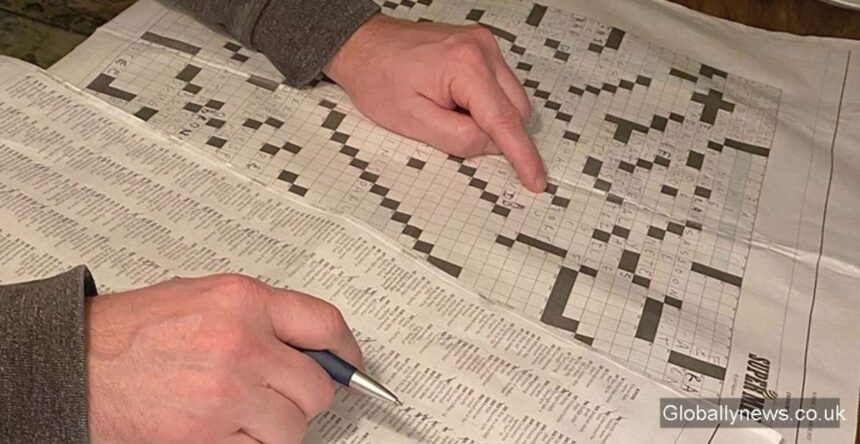
1. Think About Synonyms
When faced with a clue like “Thats a bummer Nyt” start by brainstorming synonyms for the phrase. Words or phrases that convey disappointment, sympathy, or regret are good starting points. Writing these down might help you see the answer more clearly.
2. Consider the Length of the Answer
Crossword clues typically have answers of a specific length, which is indicated by the number of squares in the grid. Knowing the length of the answer can help you narrow down your options. For example, if the answer is only three letters long, “oh no” might be a more likely candidate than “too bad.”
3. Look for Common Expressions
The New York Times crossword often uses common expressions or idioms in its clues. Think about phrases you might use in conversation that would fit the tone and length of the clue. Expressions like “aw shucks” or “oh dear” could be potential answers depending on the context.
4. Use Crossword Puzzle Resources
If you’re really stuck, there are plenty of online resources and tools available to help with crossword puzzles. Websites like Crossword Solver allow you to input the clue and the letters you have already filled in to suggest possible answers. However, use these tools sparingly if you want to improve your own solving skills.
Also Read: Katt Williams Net Worth 2023 – A Closer Look at the Comedian’s Wealth!
How Do I Get Started with Solving Crosswords?
- Choose the Right Puzzle: Start with easy or beginner-friendly puzzles, like those in newspapers or puzzle books.
- Understand the Clues: Familiarize yourself with different types of clues, paying attention to tense and number.
- Build Your Vocabulary: Read regularly to enhance your vocabulary and learn common crossword words.
- Start with Fill-in-the-Blanks: Begin with easier fill-in-the-blank clues to gain momentum.
- Use Crossing Letters: Leverage letters from known answers to solve intersecting clues.
- Take Breaks When Needed: Don’t get frustrated; skip difficult clues and return to them later.
- Practice Regularly: Solve puzzles daily to improve your skills and reflect on mistakes to learn from them.
The Cultural Impact of Crosswords:
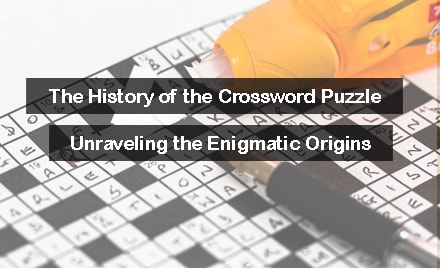
Why We Love Crosswords
Crossword puzzles have been a staple of newspapers and magazines for decades, providing both entertainment and mental stimulation. Many people enjoy the challenge of crosswords because they require a combination of knowledge, vocabulary, and problem-solving skills. The satisfaction of completing a puzzle, especially a difficult one like The New York Times crossword, is immense.
The Rise of Crossword Communities
In recent years, crossword puzzles have gained renewed popularity, partly due to the rise of online communities and apps dedicated to the hobby. These communities allow solvers to share tips, discuss particularly challenging clues, and bond over their love of the game. The clue “That’s a bummer NYT” might even spark a discussion in these forums about what the best possible answer could be.
Also Read: Kayleigh Hustosky – A Remarkable Journey!
Crosswords as a Cultural Barometer
The clues in crosswords often reflect current events, popular culture, and common phrases. This makes crosswords not only a fun pastime but also a reflection of the time in which they were created. The use of a phrase like “that’s a bummer” shows how casual, conversational language has found its way into the lexicon of crossword puzzles.
FAQ’s:
1. What does “Thats a bummer NYT” mean in a crossword puzzle?
“That’s a bummer NYT” is a clue that typically hints at a word or phrase expressing disappointment or sympathy, such as “oh no,” “too bad,” or “aw shucks.”
2. Why are NYT crossword clues often tricky?
The New York Times crossword is known for its clever and often tricky clues that require solvers to think outside the box, use wordplay, and sometimes make connections to cultural references.
3. How can I improve my crossword-solving skills?
Improving your crossword-solving skills involves practice, expanding your vocabulary, familiarizing yourself with common crossword clues and patterns, and sometimes using crossword puzzle resources or apps.
4. What are some common phrases similar to “that’s a bummer”?
Common phrases similar to “that’s a bummer” include “too bad,” “oh well,” “aw nuts,” “bummer,” and “oh no.”
5. Can crossword puzzles reflect current events or culture?
Yes, crossword puzzles often include clues and answers that reflect current events, popular culture, and the language of the time, making them both a challenging and culturally relevant activity.
6. Are there online communities for crossword enthusiasts?
Yes, there are many online communities, forums, and apps where crossword enthusiasts can share tips, discuss clues, and enjoy puzzles together.
7. Is it okay to use crossword-solving tools?
While it’s okay to use crossword-solving tools occasionally, relying on them too much can hinder your ability to improve your own solving skills.
8. What makes The New York Times crossword unique?
The New York Times crossword is unique due to its challenging clues, cultural references, and the prestige it holds as one of the most respected and widely solved crosswords in the world.
9. What should I do if I’m stuck on a crossword clue?
If you’re stuck on a crossword clue, try thinking of synonyms, considering the length of the answer, looking for common expressions, or taking a break and returning to the puzzle later with fresh eyes.
Conclusion:
“Thats a bummer NYT” is more than just a simple crossword clue; it’s a window into the world of wordplay, cultural references, and the unique challenges posed by The New York Times crossword. By understanding the context and employing some strategic thinking, you can decode this clue and others like it with ease.
Read More:





